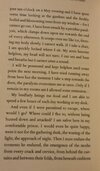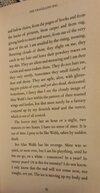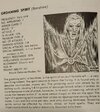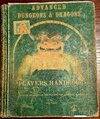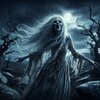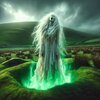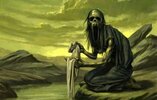Castles look spooky anyway so to hear of strange goings on is no surprise. Wish something could be caught on camera though so we could actually see it.Germany has hundreds of castles, some now in ruins, some still habitable with many stories of hauntings and paranormal activity over the centuries within the walls of four in particular.
Eltz Castle: Haunted by Countess Agnes, who died defending the castle, so naturally the most haunted room is the Countess Room. Step inside here and watch doors open and close, lights flicker on and off.
Reichenstein Castle: Claims of various figures in medieval clothing wandering the halls. Some hear laughter echoing through the stone corridors.
Wolfsegg Castle: Believed to be haunted by the ghost of a woman, the "White Lady" murdered by her husband in the 1400s.
Kransberg Castle: Reported visions of apparitions in the windows
and strange feelings by visitors..
View attachment 3456
Eltz Castle.
Isn't it a shame that we aren't all in the same place, we could've got together and arranged a ghost tour. My cousin and his wife went on one in Scotland, they thoroughly enjoyed it.




